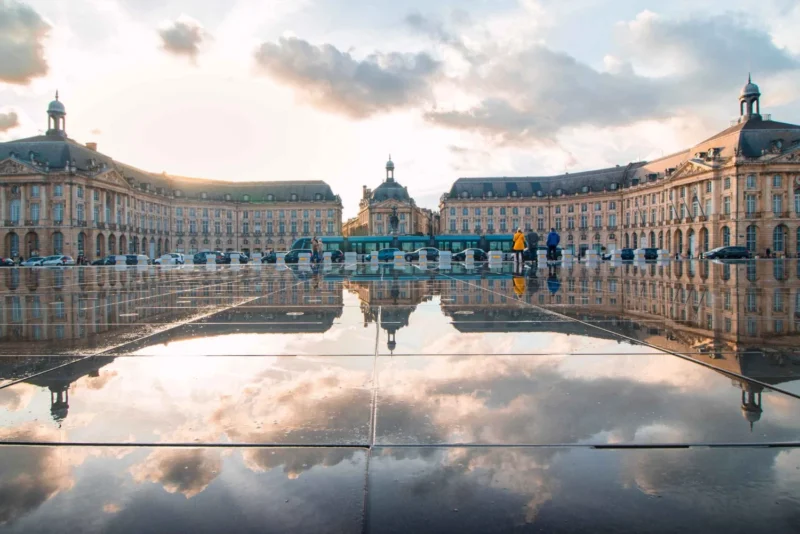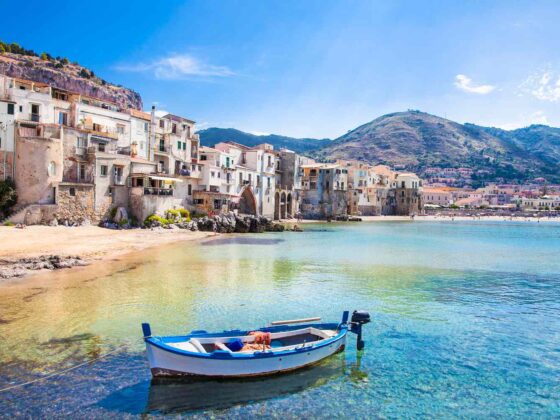Bordeaux, the capital city of the Nouvelle-Aquitaine region in southwestern France, has long been celebrated for its world-famous vineyards, historic buildings, and its pivotal role in the country’s history. A journey through Bordeaux is like walking back in time, with each cobblestone, each gothic spire, and each neoclassical façade recounting tales of bygone eras. In this article, we guide you through a timeless tour of this enchanting city, touching upon its rich history and offering tips to make your journey truly unforgettable.
Bordeaux’s Beginnings: The Celtic Settlement
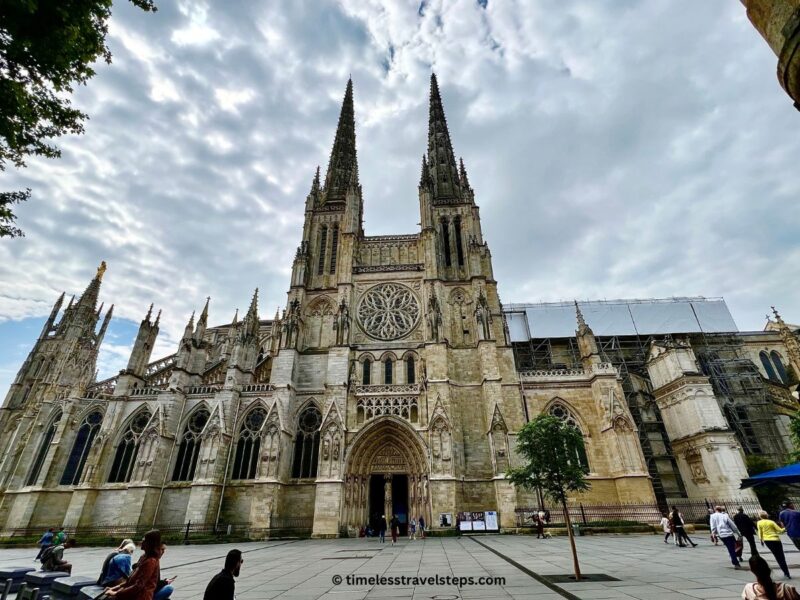
Before it was Bordeaux, it was Burdigala. The city’s origins trace back to the 3rd century BC, when a Celtic tribe known as the Bituriges Vivisci founded it as a trading port. The Garonne River offered easy access to the Atlantic, making Burdigala a crucial point for commerce and transportation. Bordeaux tours are your gateway into learning more!
As you stroll through the city, take a moment to imagine the early Celtic settlers trading goods by the riverside. You can almost feel their presence as the Garonne continues to ebb and flow, much like it did thousands of years ago.
The Roman Influence
By the end of the 1st century BC, Bordeaux, or Burdigala, had become a prominent Roman settlement. And with the Romans came monumental architectural contributions. One such remnant of this era is the Palais Gallien, the ruins of a once-grand amphitheater that could accommodate over 15,000 spectators. It’s a testament to Bordeaux’s importance during Roman times.
Visiting the Palais Gallien, you’ll be transported back to the days of gladiatorial combat, echoing the roars of spectators, and feel the weight of centuries gone by. Another Roman-era marvel is the Pillar of the Girondins, a monument with Roman inscriptions, which stands as a silent witness to Bordeaux’s vibrant past.
The English Era and Wine’s Rise
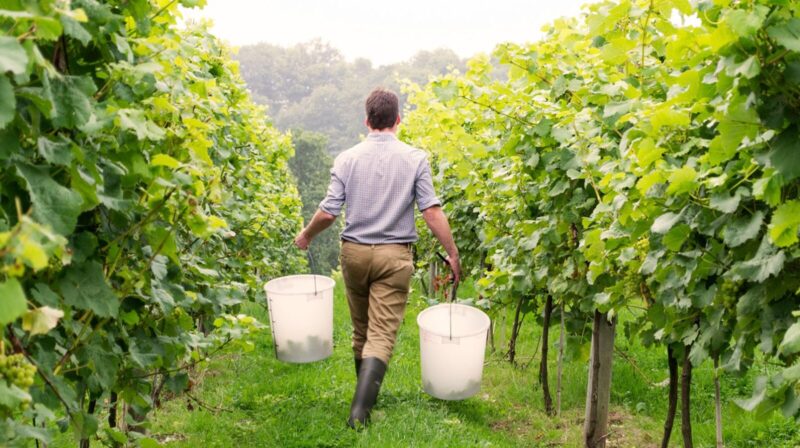
In the mid-12th century, Bordeaux became English territory when Eleanor of Aquitaine married Henry Plantagenet, who would later become King Henry II of England. This union marked the beginning of a 300-year-long English reign in Bordeaux. This period is particularly significant for Bordeaux’s wine industry. The English had a fondness for Bordeaux’s wines, leading to a boost in production and export.
As you meander through Bordeaux’s streets, make it a point to visit the Chartrons district, historically the hub of the wine trade. The grand mansions once belonging to wine merchants are a sight to behold. Today, many have been converted into museums, galleries, or chic cafes, perfect for a leisurely afternoon soaking in the city’s history.
Gothic Grandeur: Bordeaux’s Religious Edifices
The city’s architectural splendor is evident in its religious structures, most of which are steeped in history and gothic grandeur. The Bordeaux Cathedral, or Saint-André Cathedral, stands out with its intricate designs and towering presence. Constructed over centuries, from the 12th to the 16th, its magnificence encapsulates the evolving architectural preferences of the times.
Another must-visit is the Basilica of St. Michael, characterized by its flamboyant Gothic style and a separate bell tower, one of the tallest in southern France. These structures not only serve as places of worship but as historical landmarks, echoing tales of devotion, artistry, and Bordeaux’s evolving identity.
The Age of Enlightenment and Urban Expansion
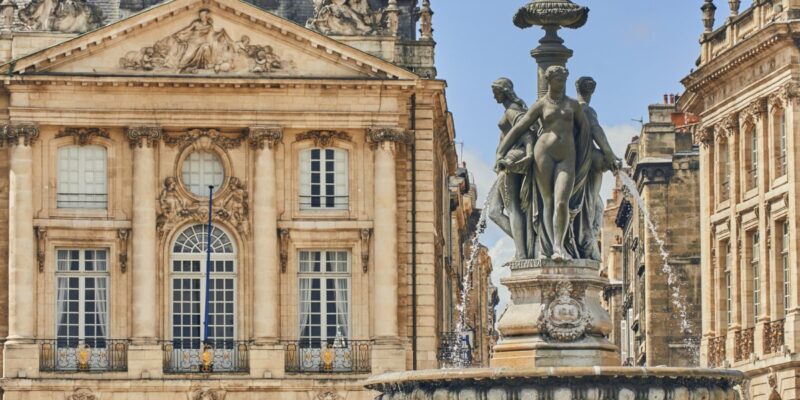
The 18th century heralded a new era for Bordeaux, one marked by prosperity, urbanization, and intellectual advancement. As trade flourished, so did the city’s infrastructure. The Place de la Bourse, a majestic square by the Garonne, epitomizes the grandeur of this period. Designed by the royal architect, Ange-Jacques Gabriel, it stands as a symbol of Bordeaux’s prosperity and architectural evolution.
Walking around Bordeaux, especially in areas like the Saint-Pierre district, you’ll find narrow medieval lanes giving way to expansive neoclassical squares, a blend that makes the city a living, breathing timeline.
Modern Bordeaux: Merging Past with Present
Today, Bordeaux seamlessly merges its rich history with modern sensibilities. The Cité du Vin, a state-of-the-art wine museum, celebrates Bordeaux’s wine heritage with a contemporary twist. Not only does it offer a deep dive into the history of winemaking, but it’s also an architectural marvel, with its swirling, decanter-like design.
Another modern marvel is the Jacques Chaban-Delmas Bridge, Europe’s largest vertical-lift bridge. While it’s a testament to modern engineering, it doesn’t overshadow the city’s historical silhouette but rather complements it.
Concluding Thoughts: The Timelessness of Bordeaux

As you wander through Bordeaux’s streets, alleys, and squares, it’s evident that the city is not just about world-class wines. It’s a mosaic of history, art, culture, and architecture. Every brick and every stone has a story to tell, and with every step, you’ll be immersing yourself in tales spanning millennia.
Your journey through Bordeaux will be more than just a tour; it will be an experience. An experience of walking through time, witnessing the city’s evolution, and feeling a profound connection to its rich and varied past. So, lace up your walking shoes, keep this guide handy, and embark on a timeless tour of one of France’s most captivating cities.
Bordeaux, the capital city of the Nouvelle-Aquitaine region in southwestern France, has long been celebrated for its world-famous vineyards, historic buildings, and its pivotal role in the country’s history. A journey through Bordeaux is like walking back in time, with each cobblestone, each gothic spire, and each neoclassical façade recounting tales of bygone eras. In this article, we guide you through a timeless tour of this enchanting city, touching upon its rich history and offering tips to make your journey truly unforgettable.
Bordeaux’s Beginnings: The Celtic Settlement
Before it was Bordeaux, it was Burdigala. The city’s origins trace back to the 3rd century BC, when a Celtic tribe known as the Bituriges Vivisci founded it as a trading port. The Garonne River offered easy access to the Atlantic, making Burdigala a crucial point for commerce and transportation. Bordeaux tours are your gateway into learning more!
As you stroll through the city, take a moment to imagine the early Celtic settlers trading goods by the riverside. You can almost feel their presence as the Garonne continues to ebb and flow, much like it did thousands of years ago.
The Roman Influence
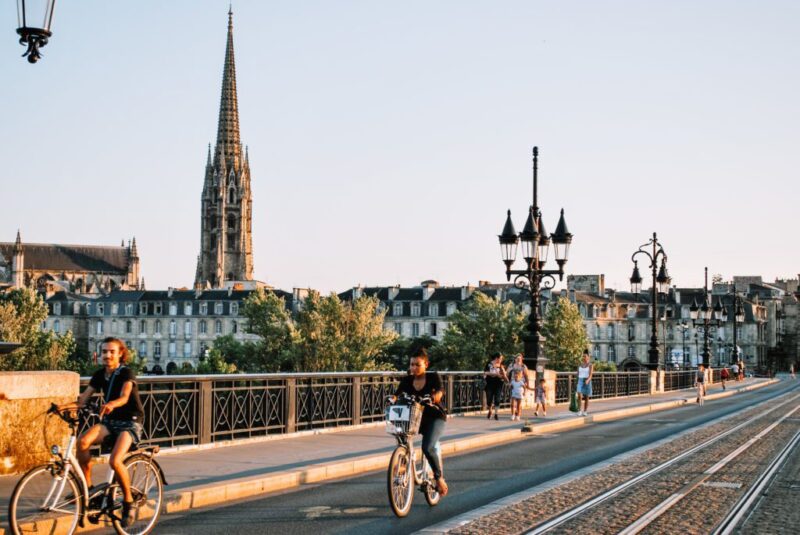
By the end of the 1st century BC, Bordeaux, or Burdigala, had become a prominent Roman settlement. And with the Romans came monumental architectural contributions. One such remnant of this era is the Palais Gallien, the ruins of a once-grand amphitheater that could accommodate over 15,000 spectators. It’s a testament to Bordeaux’s importance during Roman times.
Visiting the Palais Gallien, you’ll be transported back to the days of gladiatorial combat, echoing the roars of spectators, and feel the weight of centuries gone by. Another Roman-era marvel is the Pillar of the Girondins, a monument with Roman inscriptions, which stands as a silent witness to Bordeaux’s vibrant past.
The English Era and Wine’s Rise
In the mid-12th century, Bordeaux became English territory when Eleanor of Aquitaine married Henry Plantagenet, who would later become King Henry II of England. This union marked the beginning of a 300-year-long English reign in Bordeaux. This period is particularly significant for Bordeaux’s wine industry. The English had a fondness for Bordeaux’s wines, leading to a boost in production and export.
As you meander through Bordeaux’s streets, make it a point to visit the Chartrons district, historically the hub of the wine trade. The grand mansions once belonging to wine merchants are a sight to behold. Today, many have been converted into museums, galleries, or chic cafes, perfect for a leisurely afternoon soaking in the city’s history.
Gothic Grandeur: Bordeaux’s Religious Edifices
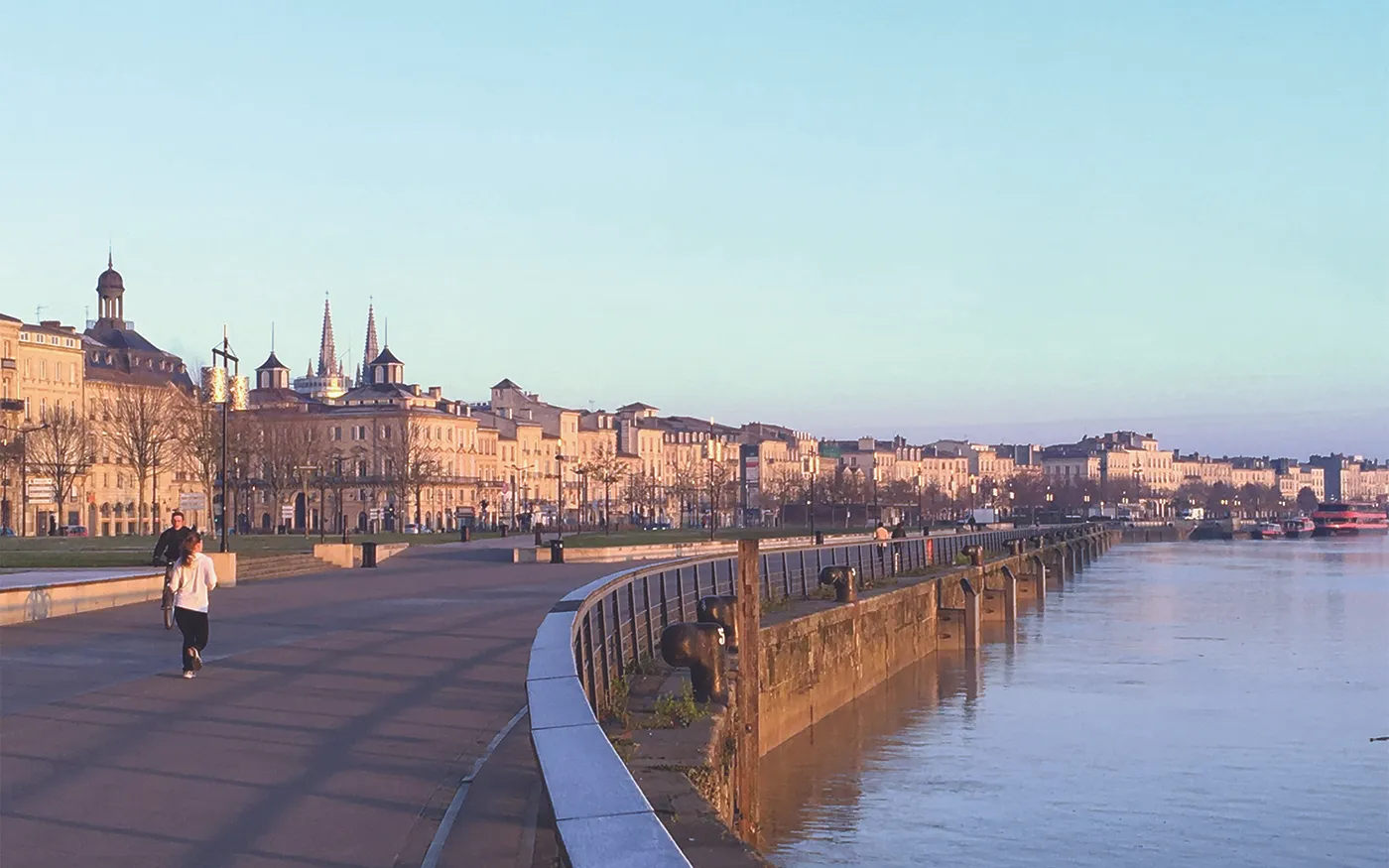
The city’s architectural splendor is evident in its religious structures, most of which are steeped in history and gothic grandeur. The Bordeaux Cathedral, or Saint-André Cathedral, stands out with its intricate designs and towering presence. Constructed over centuries, from the 12th to the 16th, its magnificence encapsulates the evolving architectural preferences of the times.
Another must-visit is the Basilica of St. Michael, characterized by its flamboyant Gothic style and a separate bell tower, one of the tallest in southern France. These structures not only serve as places of worship but as historical landmarks, echoing tales of devotion, artistry, and Bordeaux’s evolving identity.
The Age of Enlightenment and Urban Expansion
The 18th century heralded a new era for Bordeaux, one marked by prosperity, urbanization, and intellectual advancement. As trade flourished, so did the city’s infrastructure. The Place de la Bourse, a majestic square by the Garonne, epitomizes the grandeur of this period. Designed by the royal architect, Ange-Jacques Gabriel, it stands as a symbol of Bordeaux’s prosperity and architectural evolution.
Walking around Bordeaux, especially in areas like the Saint-Pierre district, you’ll find narrow medieval lanes giving way to expansive neoclassical squares, a blend that makes the city a living, breathing timeline.
Modern Bordeaux: Merging Past with Present
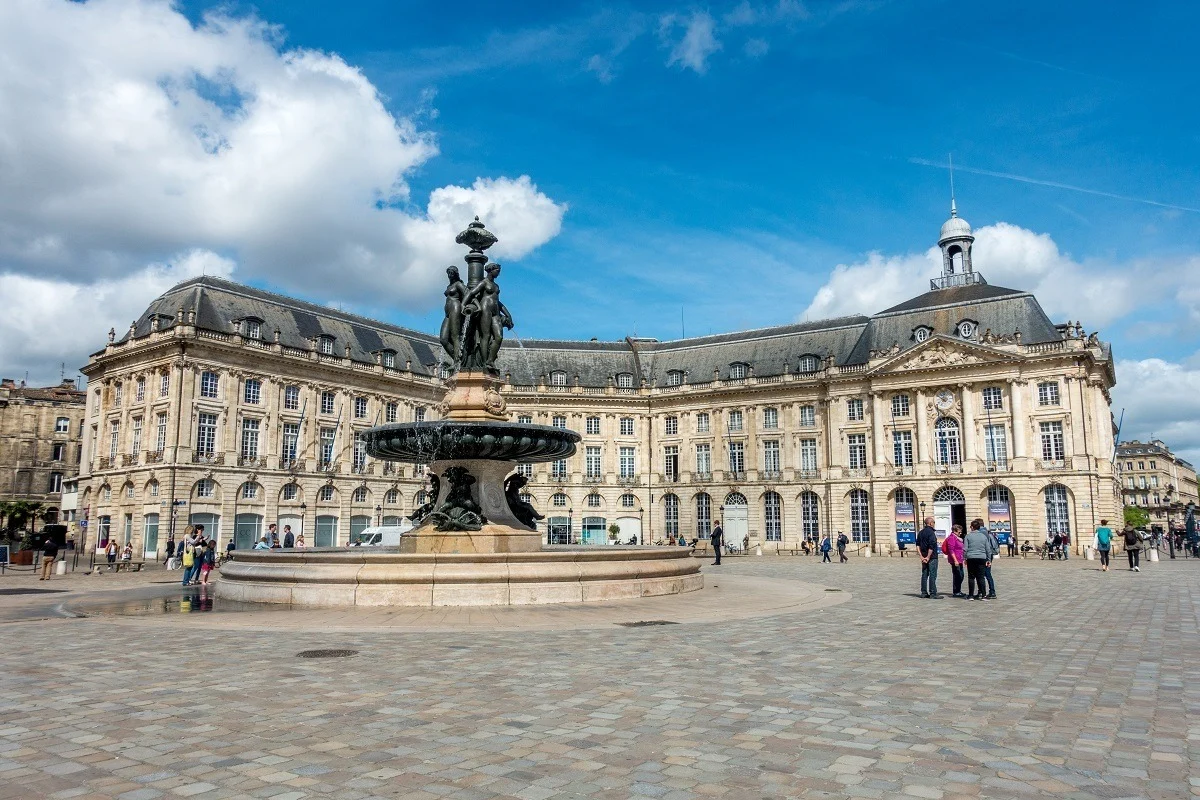
Today, Bordeaux seamlessly merges its rich history with modern sensibilities. The Cité du Vin, a state-of-the-art wine museum, celebrates Bordeaux’s wine heritage with a contemporary twist. Not only does it offer a deep dive into the history of winemaking, but it’s also an architectural marvel, with its swirling, decanter-like design.
Another modern marvel is the Jacques Chaban-Delmas Bridge, Europe’s largest vertical-lift bridge. While it’s a testament to modern engineering, it doesn’t overshadow the city’s historical silhouette but rather complements it.
Concluding Thoughts: The Timelessness of Bordeaux
As you wander through Bordeaux’s streets, alleys, and squares, it’s evident that the city is not just about world-class wines. It’s a mosaic of history, art, culture, and architecture. Every brick and every stone has a story to tell, and with every step, you’ll be immersing yourself in tales spanning millennia.
Your journey through Bordeaux will be more than just a tour; it will be an experience. An experience of walking through time, witnessing the city’s evolution, and feeling a profound connection to its rich and varied past. So, lace up your walking shoes, keep this guide handy, and embark on a timeless tour of one of France’s most captivating cities.
